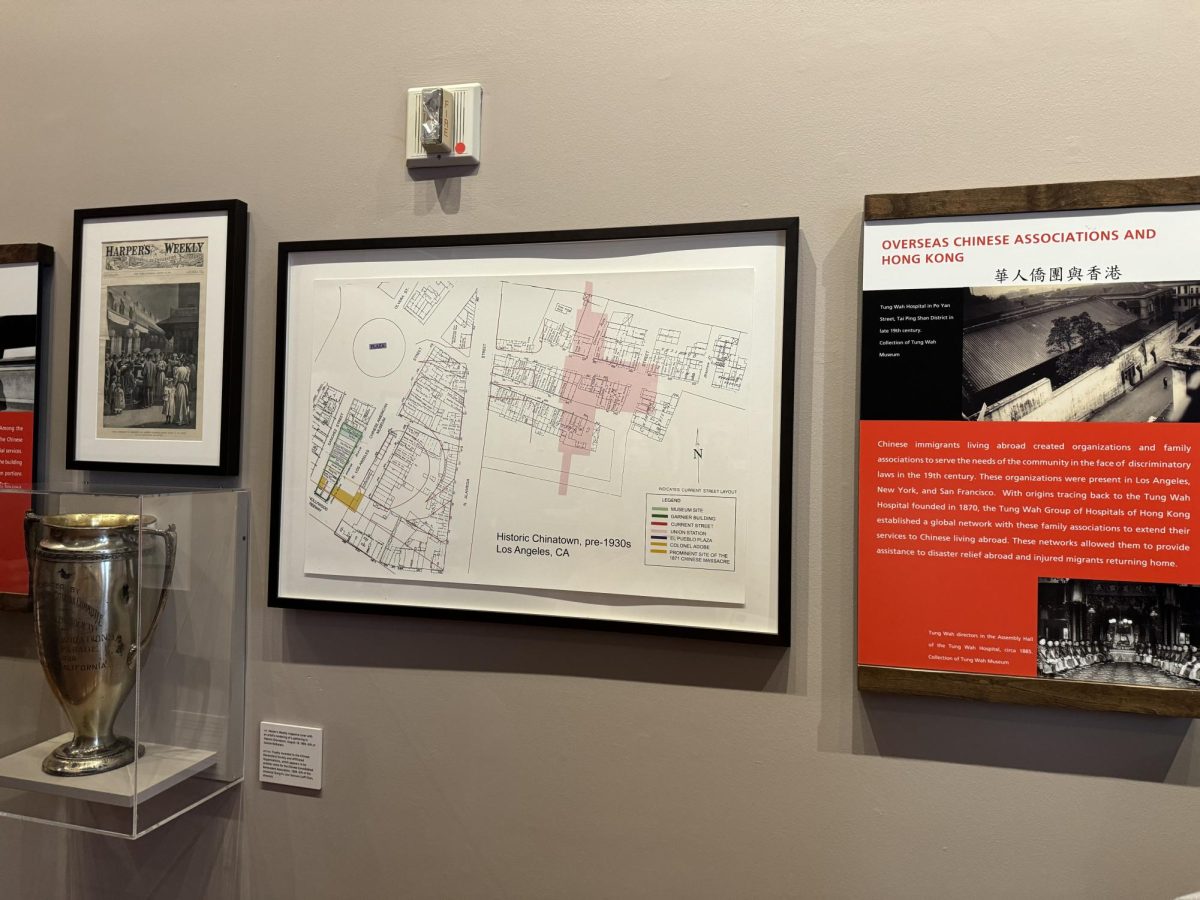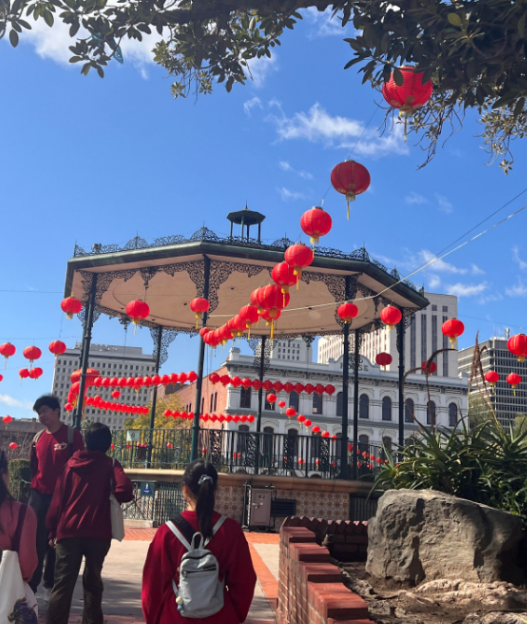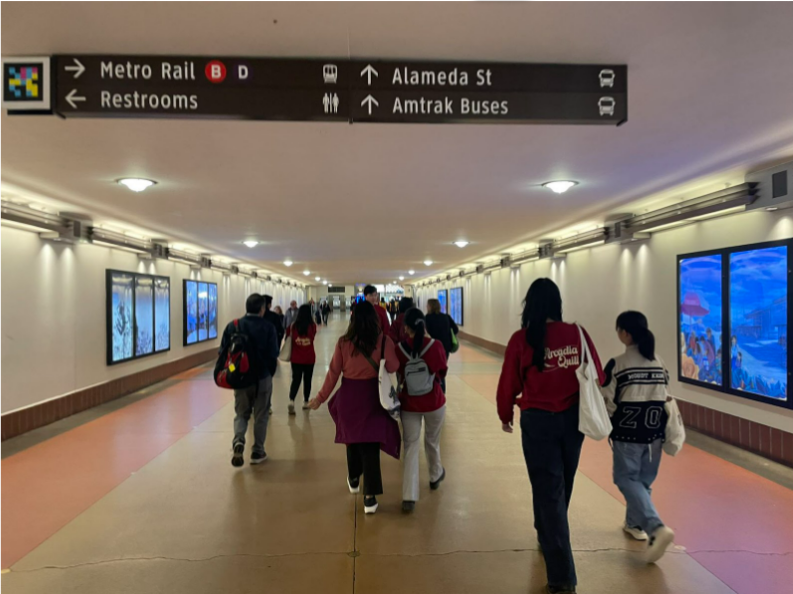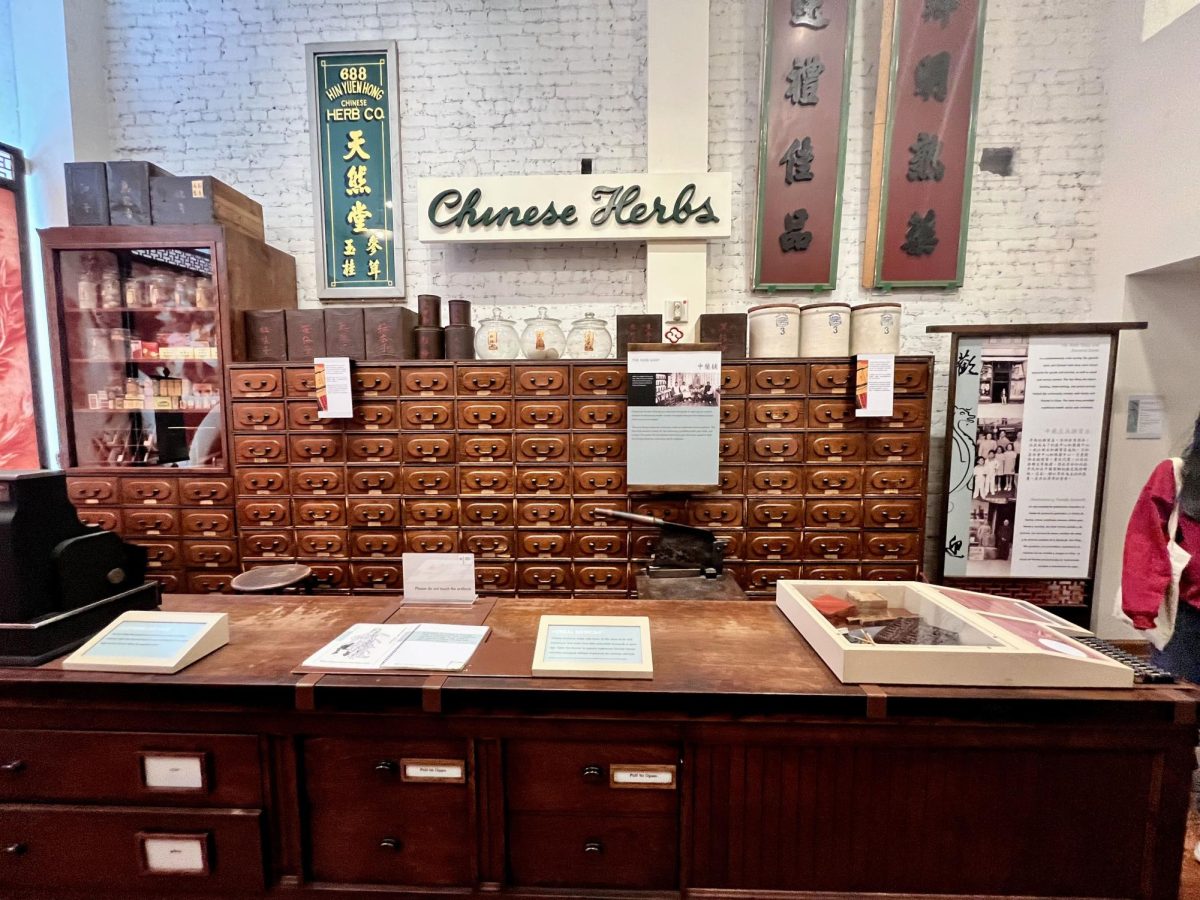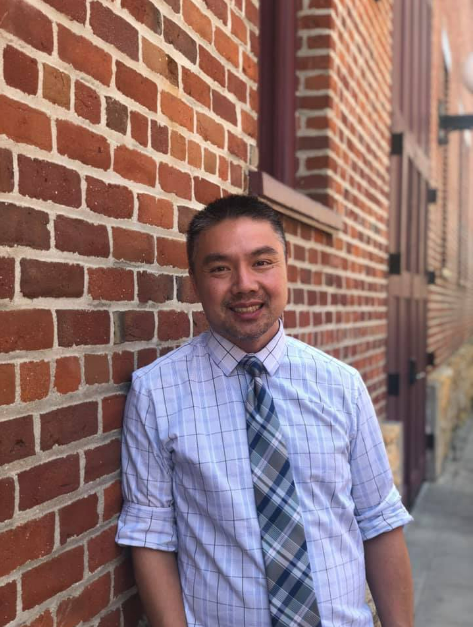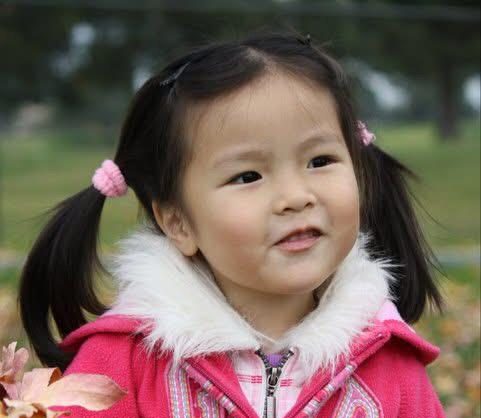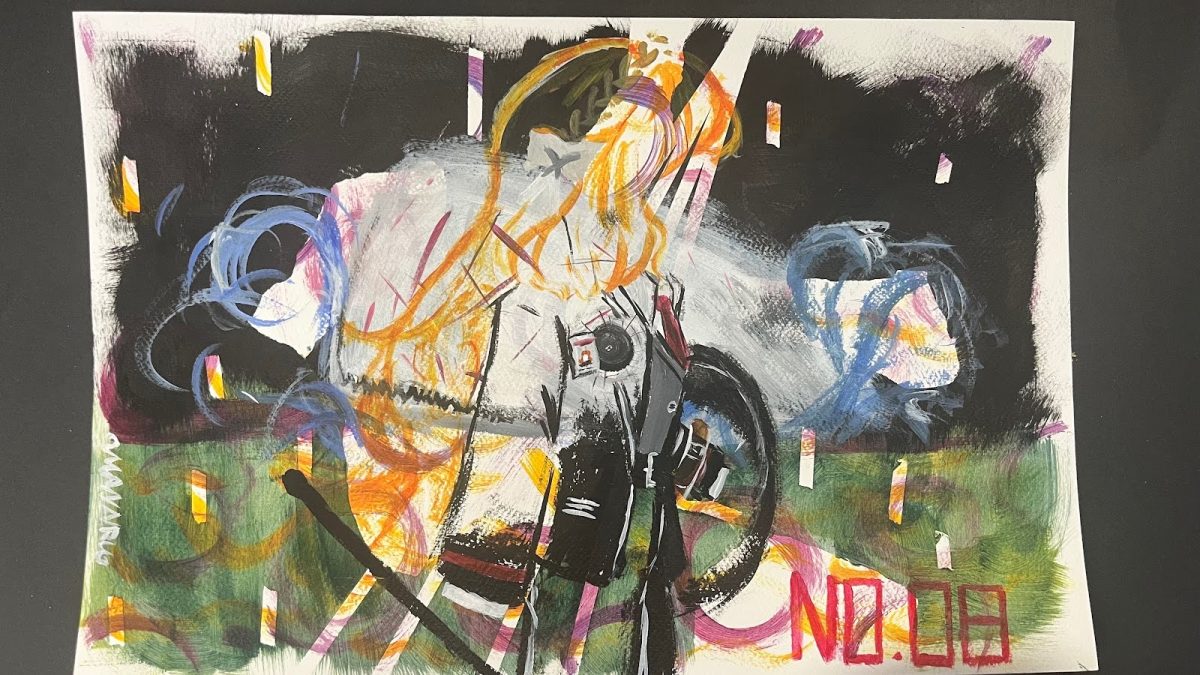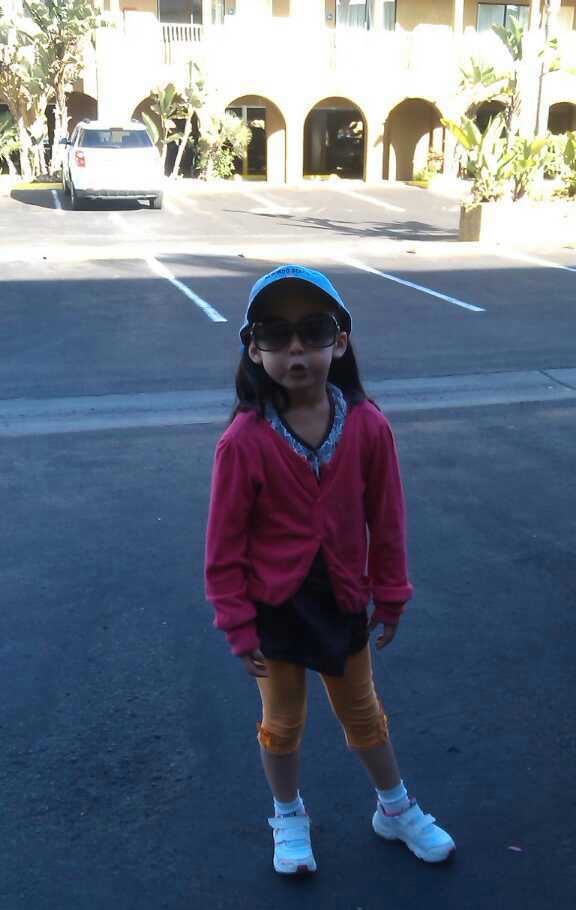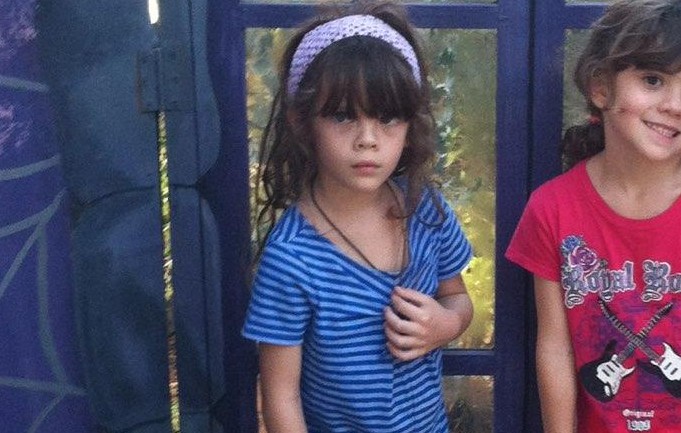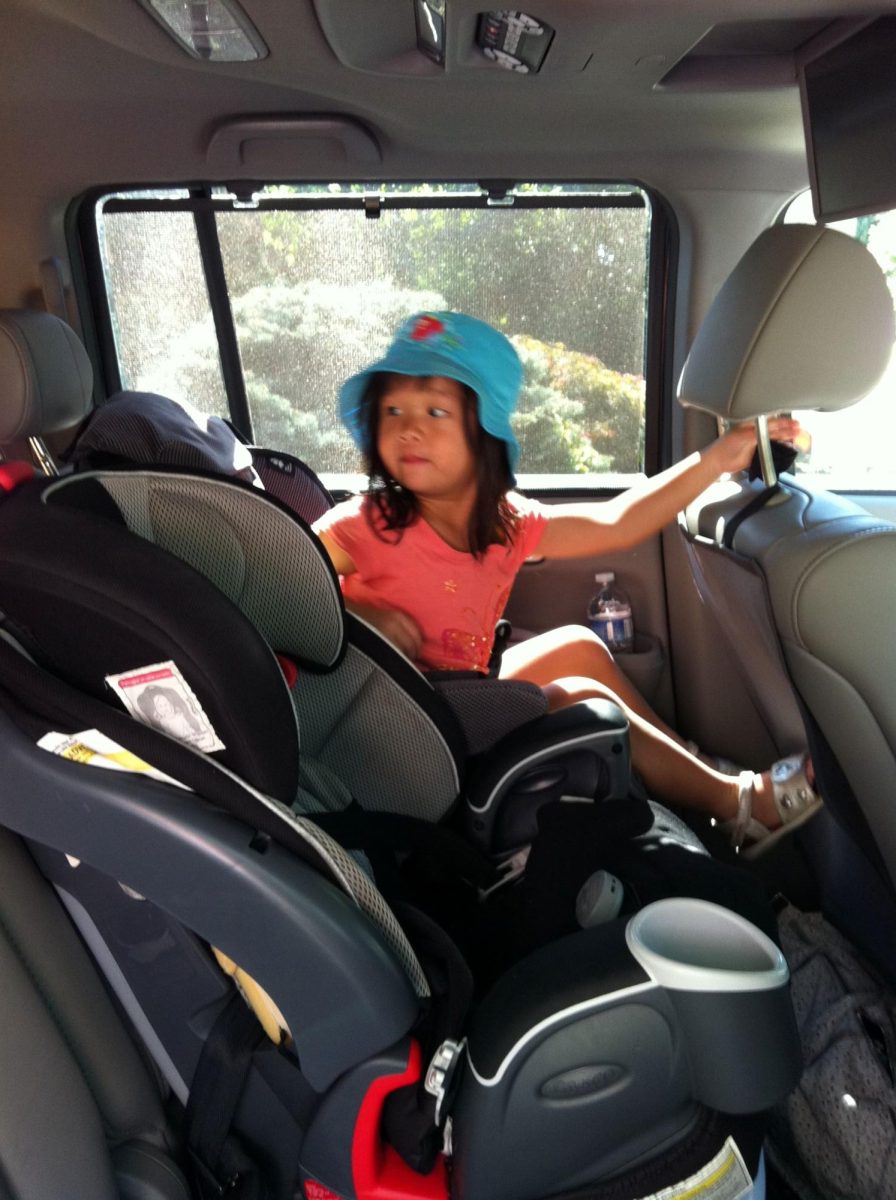In the midst of the bustle of downtown, the original Chinatown, located in Los Angeles’ thriving Union Station hub, is a quiet yet powerful landmark that offers many stories about heritage, resilience, and community to the city. Leaning up against the old bricks of the Garnier Building, the Chinese American Museum (CAM) proves that the determination and pride of Chinese Americans in Southern California finds a way to persevere itself over time.
CAM’s ideas to reality represents nothing but the tireless loyalty to the town which it is home to. The Chinese Historical Society of Southern California and the El Pueblo de Los Angeles Historical Monument jointly gave rise to the CAM, which consequently became the first museum in Southern California that is devoted to preserving the Chinese American legacy. The initial inception of the movement in 1984 later transpired into an extraordinary and victorious unveiling on the 30th of October 2003, signifying the embodiment of the effort of activism and organization in the community for two decades.
As Mr. Michael Truong, one of the passionate staff at CAM succinctly said, “CAM is a living bridge between the past and the present, a connecting bridge to the colorful and refined culture of the Chinese Americans here.”
Located at the center of the El Pueblo Monument, CAM spurs on profound cultural contemplation. Here, with the diversity of the surrounding area as the backdrop, a visitor can relive the history of immigrant struggles.
“Our location is not just a coincidence, but is rather a tribute to the legacy of our ancestors and a society that has endured countless challenges and downfalls,” said Truong.
Behind its hidden layout, CAM thrives with life, its galleries bursting with hints of success and failure. Through prepared exhibits documenting the long journey that the Chinese immigrants went through, from the quiet streets of Old Chinatown to the busy ones, CAM has the duty of ensuring the stories of the past are handed down.
“Every artifact inscribed in these walls reminds me of the Chinese American resilience, which cannot be denied,” said Truong. “From antique furniture to precious family heirlooms, each item tells an individual story and makes us a part of our common past.”
This is a out of the world moment for CAM, with its fifth anniversary allowing for opportunities to widen its visibility and enrich the bonds with the community it serves. Additionally, the organization is in the early stages of a $5-million expansion plan, which seeks to transition CAM from a concealed gem to an institution that will be shaped by the principles of inclusiveness and outreach.
“Our vision is much broader than this present confinement,” said Truong. “Our intention is not only to recreate the cultural heritage of our society but also to welcome the growing intricacy of the community.”
At a time of faster changes and altered demographics, the CAM is still loyal to upholding the heritage of the Chinese Americans in Southern California. Henceforth, as it navigates the road towards tomorrow, CAM remains a educating center for future generations to walk on.
Photo by Supriya Thapa

